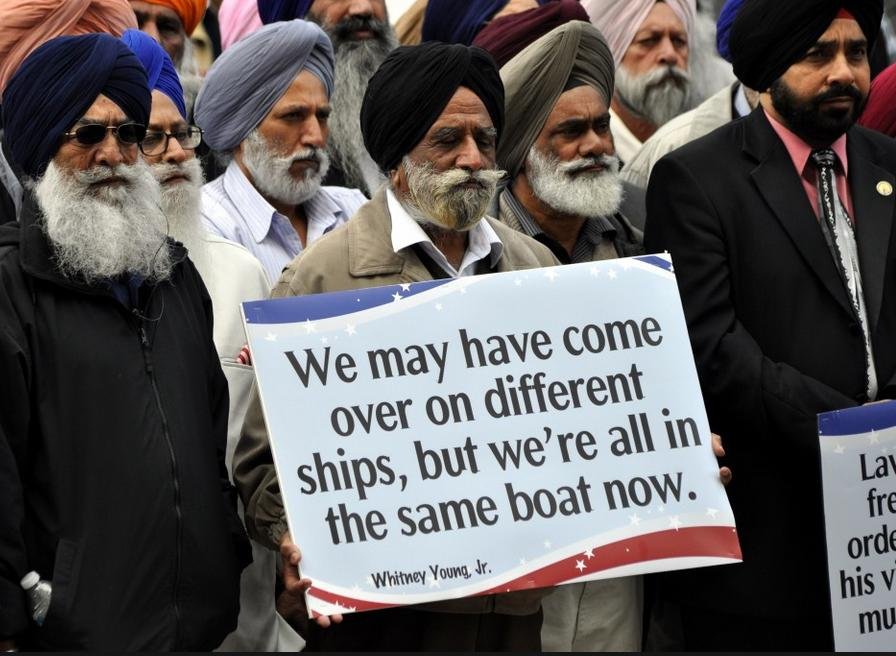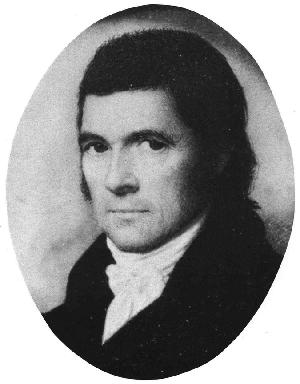What face do we show the world? How do we define ourselves? These are questions that are vital and fundamental to our sense of self. They are at the root of what we call our personality. They make us what we are – whether overly modest to the point of becoming the face of humility or extending to the opposite extreme where hubris defines us. Our sense of self then sticks out like a sore thumb.
Within our communities, at get-togethers, whether stiffly formal or absolutely unplanned, the first questions that usually stand out, perhaps from habits of new immigrants are: Where do you live or what kind of a car do you drive? And then, as the conversation becomes warmer, the questions become overly intrusive – your caste, family status, connections with insiders or movers and shakers in the community.

More than half a century ago when I came to the United States, Indian immigrants were mostly professionals – usually medical doctors or engineers. True that Sikh farmers of Indian origin have existed here from days of yore — the beginning of the last century — but they were almost exclusively to be seen in Southern California, deep in the heart of conservative Republican country. Yes, there were some exceptions, but not enough to affect the landscape noticeably.
There was respect in the assumption that every Indian was an educated professional, deserving of notice, but that was over half a century ago. Things have changed… and how! These days the first thought of many, that we Sikhs are possibly Muslims connected to the extreme violent fringes of Islam, is both totally wrong and most risky. If not such dangerous errors of judgment, now when people see a turbaned, bearded man their kinder thought is that perhaps he runs a Subway Sandwich Shop, drives a cab, or if he looks fiscally comfortable, possibly owns a cell phone business or a gas station or two.
Nothing wrong with either of these professional activities; they remain honest ways of making a living. This is just an observation on how our quick impressions are framed and how we process incomplete information, jumping to conclusions (and often misconceptions) before having any substantial conversation on the matter.
 Thinking about such trivia, my mind wandered to a story about John Marshall, the fourth Chief Justice of the U.S. Supreme Court who served from 1801 to 1835. The Court was based in Washington DC; the justices lived in the area like bachelors often sharing facilities in the same house or complex. Marshall, too, lived in the DC area without wife and family for long stretches of time.
Thinking about such trivia, my mind wandered to a story about John Marshall, the fourth Chief Justice of the U.S. Supreme Court who served from 1801 to 1835. The Court was based in Washington DC; the justices lived in the area like bachelors often sharing facilities in the same house or complex. Marshall, too, lived in the DC area without wife and family for long stretches of time.
Marshall’s wife had become an invalid soon after their marriage following a couple of miscarriages and she didn’t step out of her house very much after that. Yet, John Marshall and his wife had a long well-lived life full of love; the marriage lasted a good 48 years from 1783 until her death in 1831.
Marshall was always an indifferent (casual) dresser and had become more so after his wife’s ill-health. He often wore mismatched clothing; rustic in bearing he just slouched about. A somewhat careless and indifferent dresser, Marshall often wandered alone around town and shopping areas shopping for groceries and other things as needed. Strangers saw him as a very quiet, modest man of no significance.
One day as he was on one of his outings, he came across a well dressed dandy who didn’t recognize the Chief Justice on the street. The man was lugging a bulky turkey to his carriage. He promptly handed the turkey to Marshall saying dismissively, “Here, carry this for me; I’ll pay you half a dollar.” Marshall silently accepted the turkey, carried it to the dandy’s carriage and quietly accepted his tip.
What an unusually nice gentleman, I thought when I read about the incident. But in today’s politically supercharged reality, it would be like Donald Trump on a busy street passing by Barak Obama, and failing to recognize him because he thought of the man as just another black face on the street.
Reading that little story about John Marshall took me to a nugget, trivial perhaps but a revealing incident, from the life of Guru Nanak and how he met Lehna, the prosperous merchant who, some years later, later become the Second Guru, Angad.
A prosperous merchant at the time, Lehna had heard of Guru Nanak and came to meet the Guru. The Guru had then completed his odyssey that occupied more than 20 years of his life. Guru Nanak had now settled in Kartarpur with his wife and two sons, where he had founded the first dharmsala of Sikhi and also lived the active life of a farmer.

On his first trip, Lehna came suitably dressed in all his finery and riding his fine steed. Guru Nanak had been farming his land all day and was tiredly walking home in his soiled clothes – hardly as we might envision our Guru.
This is how the two met, on the road. They didn’t know each other when their paths crossed.
Lehna wanted to know the way to Nanak’s abode. So Nanak did what any modest gentleman-farmer would do. Without identifying himself as the Guru he offered to take the rein of the horse and lead it to Nanak’s house. Guru Nanak walked while Lehna majestically rode his horse. It was only when they reached the house that Lehna discovered the truth: he had been escorted there not by a servant or a farmhand but by the Master himself. Lehna must have been mortified.
Little behavioral quirks reveal character, and such was Guru Nanak.
This parable I think, is just as relevant today, veritably a teaching moment, when friends and foes alike – clearly good people – are jockeying for a leg up in the community to show that they have the DNA for “leadership” in their bones.
Everyone is aching to be recognized as a mentor, if not a master. Pop psychology pushes the idea relentlessly.
Has modesty fled? Or was it never really there?
I say this in awareness of the fact that the Gurus lived like royalty, particularly our sixth Guru, Hargobind and the tenth, Guru Gobind Singh, and that the last five Gurus, including these two and the three in between, maintained a standing army.
That takes me to the classic but defining joke – the oft-repeated defining mantra in Sikhi — that in this modern day more Sikhs are leaders than followers. But that line survives and thrives in clear contradiction to the spirit of Guru Nanak, the founder of the faith, and his successor Gurus.
The lives of the Sikh Gurus reinforce and drive home the lesson that one can’t be a good leader or mentor until one has learned to follow. In order to be a master one must be the best servant. Before expecting others to offer their heads, one must learn to die.
[email protected]
March 10, 2016






